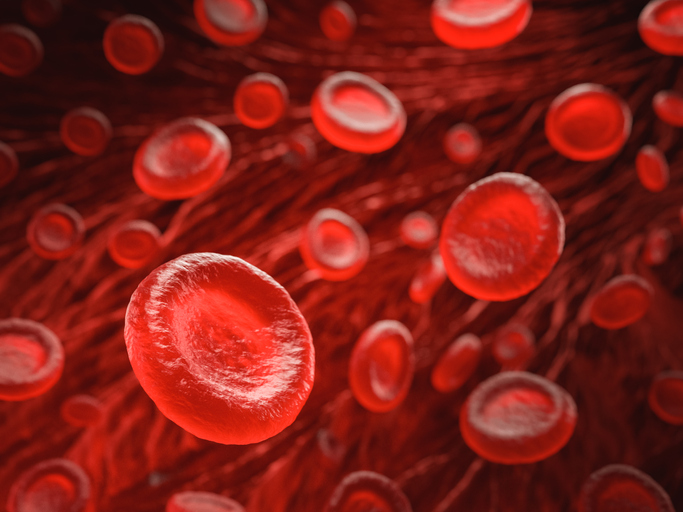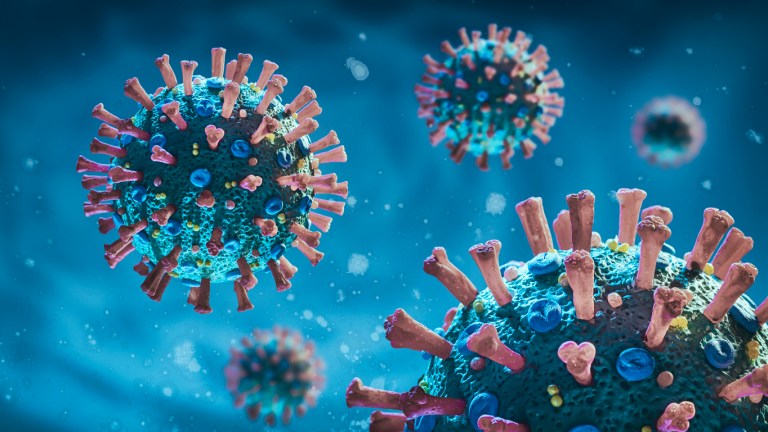Updated August 21, 2023
Most people are familiar with the ABO and Rh blood group systems, but there are many others — and scientists discovered a new one, dubbed Er, late last year. It’s the 44th known system and doctors hope it could help spot and treat blood incompatibility as well as some rare diseases. Read on to learn more about blood types, the breakthrough finding, and why it’s so significant.
A Blood Type Breakdown
Though there are dozens of blood types, the vast majority of people have one that belongs to one of the main four groups: O, A, B, and AB. Each of those groups is determined by the presence or absence of two antigens found on the surface of a person’s red blood cells, the Red Cross explains, as well as the presence or absence of a protein called the Rh factor.
People who have only the A antigen on their red blood cells, and no Rh factor, for example, are type A-. Those who have only the B antigen and do have the Rh factor are B+. The absence of both A and B means someone is in the O blood group.
Like many other traits, your blood type is passed down genetically. Use this online calculator to see the main eight possible blood types, and how likely they are to occur, based on the combination of two parents’ types.

What Is Er?
Researchers first saw hints of the Er blood group system in 1982, but due to the technology at the time, they weren’t able to explore it. Four decades later, in September 2022, it was fully “elucidated” in a study out of the U.K.
According to a news release from the University of Bristol, researchers from the school and colleagues from NHS Blood and Transplant used “cutting-edge DNA sequencing and gene-editing techniques” to identify a protein called Piezo1 as the marker for the Er blood group system. Piezo1 itself was already known and plays “important roles in both health and disease.”
“The team investigated three known blood group antigens — molecules on the surface of red blood cells which can trigger an attack by the immune system — which did not fit into any known blood group system,” NHS explained. “They were able to show the genetic background of these 3 antigens (Era, Erb and Er3), together with identifying two new antigens (Er4 and Er5), establishing a new blood group system.”
Co-author Dr. Tim Satchwell, a research fellow at the university’s school of biochemistry, called the study “a great example of how new technologies can combine with more traditional approaches to address long-standing questions that would have been impossible to answer not that many years ago.”
Why the Identification Is Important
Understanding the genetic makeup of blood types aids in developing testing and can help doctors provide even better care for people with rare blood types.
Receiving incompatible blood — via a donor, blood transfusion, or between a pregnant mother and baby — can be highly dangerous, as seen in patients with undetected Er blood in the past. Now that the Piezo1 protein has been identified and officially associated with Er, doctors can flag the rare type early on to avoid health complications.
“This work demonstrates that even after all the research conducted to date, the simple red blood cell can still surprise us,” Dr. Ash Toye, a professor of cell biology and director of the NIHR Blood and Transplant Research Unit, said in the university release.
Dr. Daniela Hermelin, the chief medical officer of the ImpactLife blood center who was not involved in the study, told Wired: “Discovering a new blood group system is like discovering a new planet. It enlarges the landscape of our reality.”
Do you know which blood types are compatible with your own? Refer to this chart to find out.












Pingback: Volume 26, Number 11 – 6/1/2023 – The Arlington Institute